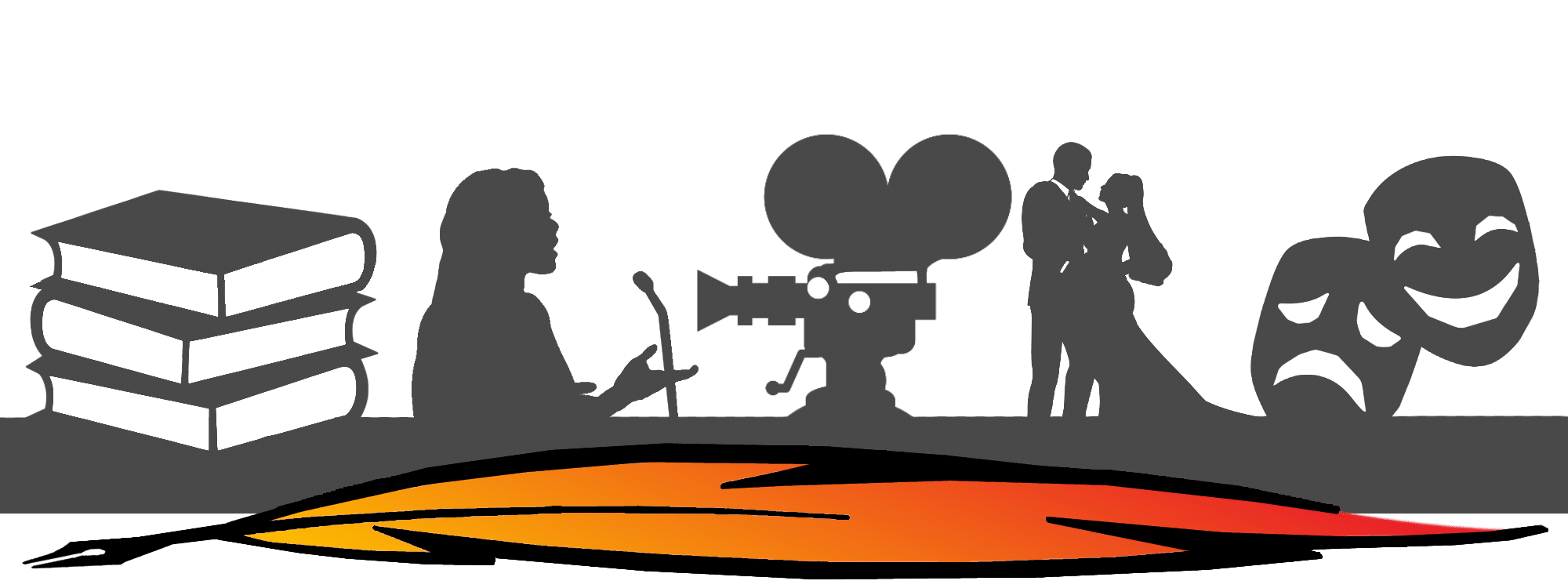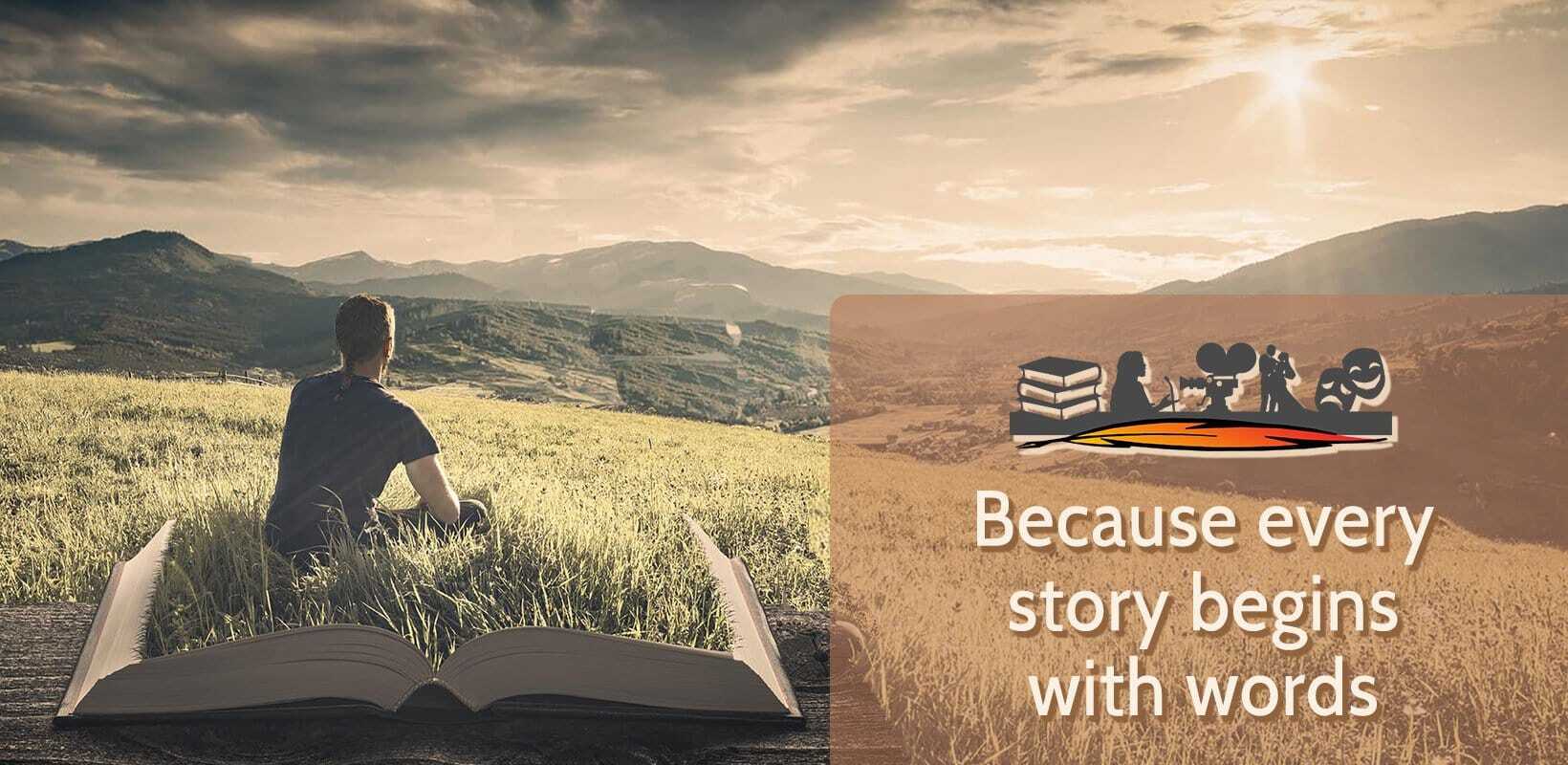Non-fiction manuscript ghostwriting services.
By- Brian Ackley
Everyone has a story. A life story. Lessons from our parents. Early memories. A profound experience. Something funny that happened to us on the way to…wherever. We all have these moments that we like to share with others. Because they’re meaningful; because they’re puzzling; because they’re fun…there are all sorts of reasons. They are a part of what connects us as human beings.
The question is: What do we do with our stories? And that depends on how long they are and who we think they may serve.
The shortest stories may be anecdotes and jokes meant to lighten a mood or entertain a crowd. The more meaningful ones could be enriching experiences that are meant to be shared to inspire or educate.
The bigger stories
The bigger stories have the greater freedom to find their form—the means by which they’ll find an audience. From personal essays to autobiographies, memoirs to motion pictures. The bigger stories are those with great 
So, how does such a story evolve from a casual, verbal telling to an organized, fleshed-out manuscript?
Well, the two aren’t really that different. A good storyteller will likely remain a good storyteller whether speaking or writing their tale. But for those not blessed with the gift of structuring a good story, the process can be learned and practiced.
I like to start with intention. What is the purpose for this writing piece? When hired to write a screenplay, I want to understand the reasons why the producers are making the film. Is it simply to entertain? Is it to educate or bring awareness to an issue or movement? Is it to provide escapism for the audience, or to offer a feel-good alternative to one’s daily struggles? This inquisition leads to discovering the theme of the piece; the underlying message.
Probing the project
I go further with my collaborators. What about the project is important to them? This, for me, is key. I want to approach the material in a way that’s consistent with my collaborators’ sensibilities and personal motivations. We discover these things through conversation, and they’re usually quite easy to recognize. These exchanges bring me to understanding the spirit of the project. I move into the perspective of my client and/or collaborators, ready to explore their story from their vantage point, with their goals in mind.
Considering structure is the next big step in the process. I look at structure as the foundation for what is being created; a blueprint. How will the story unfold? A classical story structure moves from beginning to middle to end, but there are all sorts of variations that one could play with. Some stories start in the middle and use flashbacks to provide the backstory. Some stories begin at the end, as a way of getting the reader or viewer’s attention. Some stories move with parallel action, either from the past and the present. There’s no easy or quick way to determine what your structure should be. I simply make a list of interesting possibilities to discuss with my client and/or collaborators. The “right” structure usually calls out to you because it fits with the kind of story or message you’re trying to tell.
Filling in the structure
Once we decide on a structure, I love moving forward to fill it in. The content is almost the easy part, because that’s what’s already available. At least the bulk of it. The content is the story or series of stories, which is what the client or collaborator has in their mind. Fitting these elements into the structure is the fun part – for me – because it’s like a puzzle. There is a way to put all these pieces together so that your story is engaging. This is often the real work, in fact, because it takes time to consider the placement of all the elements you have. In addition, you’ll have to consider trimming or omitting stories, and finding ways to connect the experiences you’re sharing.
At this point, we have an outline. A detailed outline. This is a rewarding milestone in the journey to writing an essay, book or movie. This is the map that will lead us to our destination. The content, the theme, the tone, and the pace are all built in. The next step may be time-consuming, but it’s an easy enough task if you can stay focused; and that is to recall and fill in those details that will bring each story to life.
Finding the “right” words is less important than sharing the right details. The details will be what connects your experience to an audience or readership. And those details aren’t that hard to find. They are the elements of the story that are infused with meaning; they are a significant part of the reason you remember the story. They are the details that continue to connect you with your own experience, so they are never far from recall.
Polishing the work
The last stage of this intimate process is editing. This is the net that saves us all. Writing a first draft and a second draft requires continued communication so that the feel of the stories being told holds true to the client or collaborator who experienced them. Once that path is paved, the editing process sees to it that it’s smooth. This is where the details are reviewed, and the overall atmosphere of the piece is observed and readdressed so as to best reflect the voice and intention of the client or collaborator.
Finally, the piece will be ready for the world. With hope, prayer, hard work, persistence and luck, you’ll find the right team to promote the material and release it to a welcoming readership. A brand new map will have to be drawn, with new goals, and a new vision of success. You’ll be the proud author of a written piece charged with presenting it to an audience with the guided assistance of a professional ghostwriter.
But as you embark on this new journey, with completed manuscript in-hand, what assurance may you have in finding success? How prepared will you be for challenges forthcoming?
The strongest asset
Of course, there are no such guarantees. Success is not something one stumbles upon, by most accounts. We all know reality is hardly a friend to confront. But these questions are what prepare us. These considerations. Whether success means finding an agent, publishing your short story, selling your book, or having your screenplay produced, your strongest asset will be the material itself.
How, then, do you choose the right partner? How do you determine a worthy relationship to explore? How do you administer such an unknowing adventure?
Part of the answer relies on intuition. Listen to your gut when interviewing collaborating candidates. Trust your inner feelings. Positive connections are made with ease, not with force. You’ll want to connect in a personal way with someone you’ll be working with closely.
Intuition aside, there are signs that should tell you when you’re moving in a good direction. The most important might be that the journey should be fun. You should find the process to be rewarding, especially upon meeting milestones. Your writing partner’s job is to reflect your own experiences, so reliving them with renewed or regenerated expression should provide you with some sense of satisfaction, either entertaining or cathartic, or otherwise meaningful to you personally.
Serve the story first
The journey should also be a challenge, at times. Your partner’s obligation is to serve your story first, and you second. Sometimes we get in our own way and we hinder our progress or even damage the results. Sometimes we miss the relevance of certain details; the connection between choices we make. We’re often set in our own way of thinking so that it takes an alternative perspective to make us aware of something about ourselves. All this lends itself to growth; and as individuals, we should hope that we remain open to developing our character. More to the point, your partner should occasionally push you to exercise your understanding of certain circumstances within situations, to get you to think of them differently, all for the sake of discovering the best way to relay your story.
In a similar vein, the right partner will constantly be looking for deeper meanings and special connections in your stories. These themes may be apparent to you or not, but your writing partner will be excited about exposing them in the best possible light. These little gems are what connects you to your story, so they become quite relevant to the storyteller interested in depicting their lives in an honest and meaningful (and often helpful) way.
The story of your collaboration
There’s wonderful irony in the journey you will share with the right partner — by the end of the task you will both have a new story to tell: The story of your collaboration.
If you are open, communicative, patient, and respectful, you’ll find a rewarding experience in working with a ghostwriter to bring your story to the public. Good luck!
Is Brian Ackley the writer for you? Find out more about Brian on our ghostwriting staffers page.
Ghostwriters Central has established a staff of exceptional writers, each assigned to various segments of the writing profession. Brian is highly qualified to help you write your non-fiction book. The pricing information can be found on our ghostwriting rates page.
[vcex_icon_box style=”two” heading=”EXPERTISE” heading_type=”h2″ icon=”fas fa-tools” icon_color=”#00bcc9″ icon_size=”60″]
Experienced pro writers available on a wide variety of subjects for books, screenplays, speeches, etc.
[/vcex_icon_box]
[vcex_icon_box style=”two” heading=”PAY PAL” heading_type=”h2″ icon=”fa fa-cc-paypal” icon_color=”#00bcc9″ icon_size=”60″]
We also accept payment via PayPal. In the case of large projects, we can work out payment plans,
[/vcex_icon_box]
[vcex_icon_box style=”two” heading=”WORLDWIDE SERVICE” heading_type=”h2″ icon=”fa fa-arrows” icon_color=”#00bcc9″ icon_size=”60″]
Headquartered in the Los Angeles, CA, area but helping clients everywhere with the best possible service.
[/vcex_icon_box]
[vcex_icon_box style=”two” heading=”” icon=”” image=”2855″ image_width=”166″ image_height=”166″ css=”.vc_custom_1514071684797{padding-top: 26px !important;}”][/vcex_icon_box]











